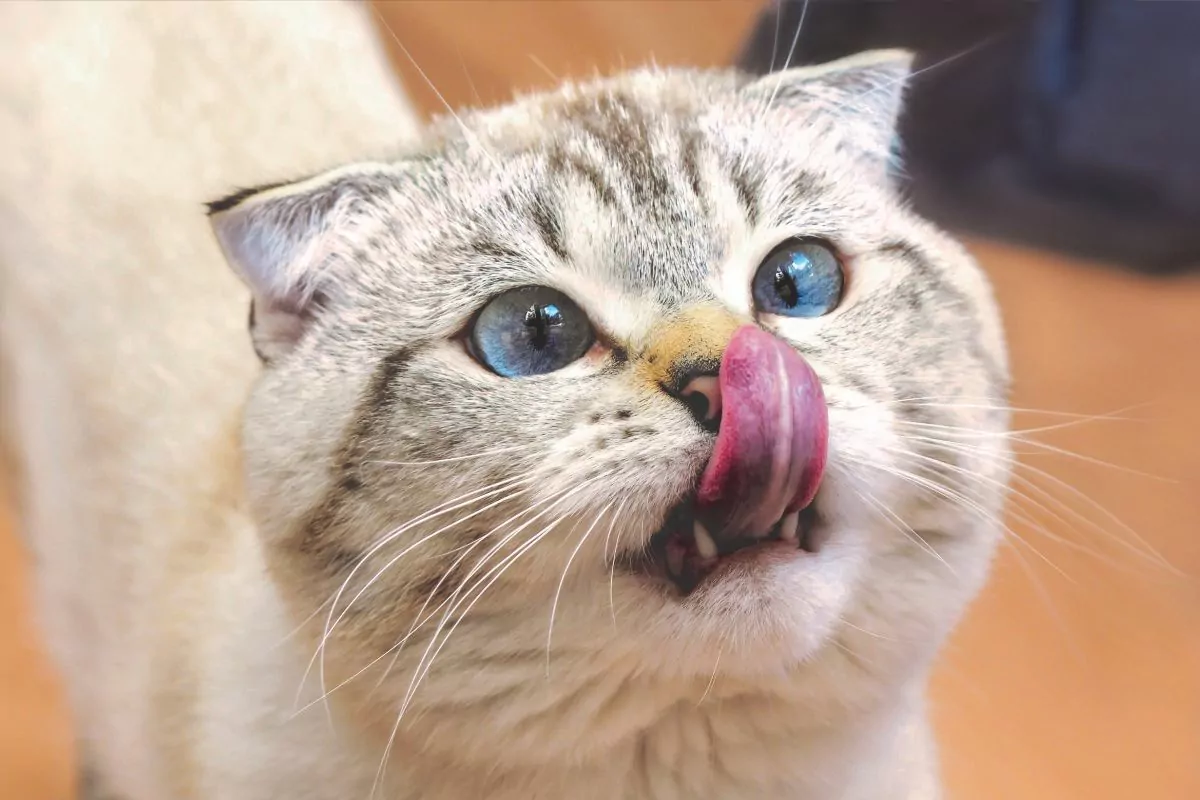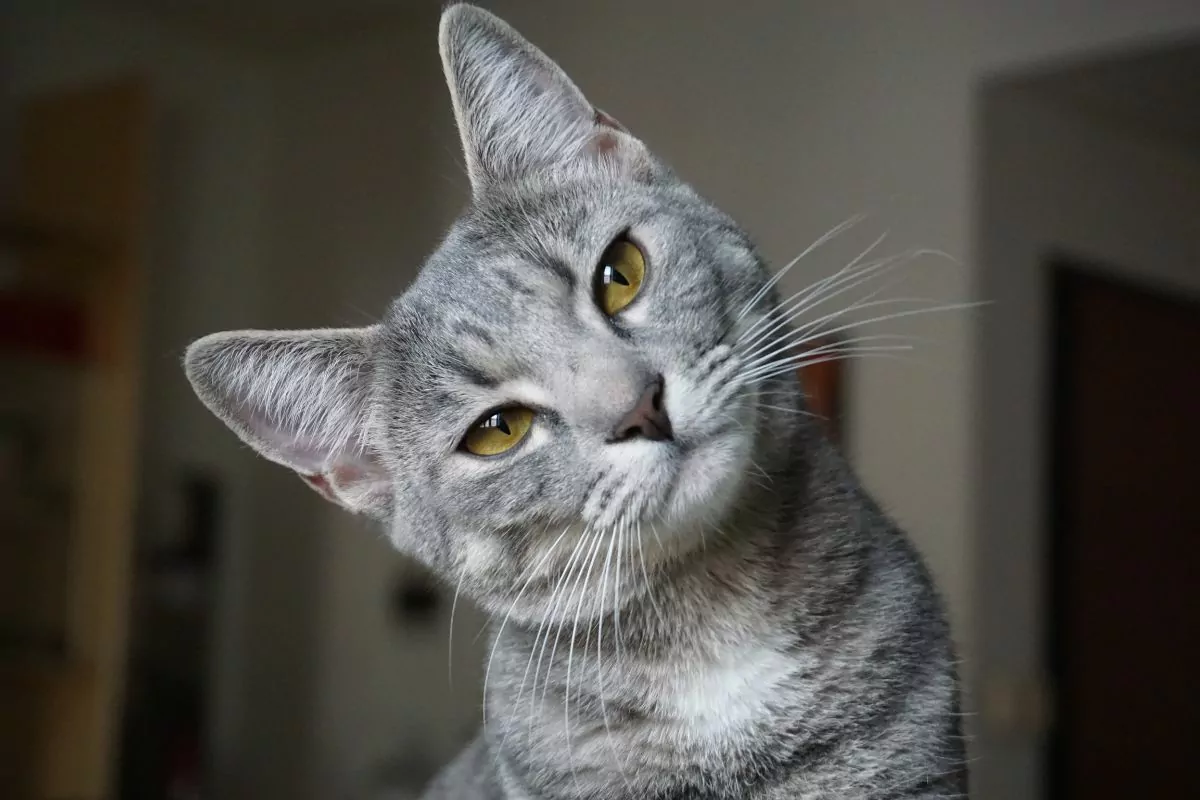What is Zorbium for Cats?
In the dynamic field of veterinary medicine, Zorbium for cats stands out. It’s a buprenorphine-based formulation commonly used in veterinary care.
Tailored for cats, this potent pain reliever is a transdermal solution for owners to administer or as an injection at the vet clinic pre-surgery. Feline Zorbium offers comfort during post-surgical recovery or chronic pain.
Its effectiveness and safety make it a preferred choice among veterinarians and pet owners.

What is the Right Zorbium for Cats Dosage?
Determining the appropriate dosage of feline Zorbium is crucial for its effectiveness and safety. Zorbium, a buprenorphine-based medication, is typically administered based on the cat’s weight and the severity of pain.
The standard dosage range for Buprenorphine for cats is generally 0.01 to 0.03 mg per kilogram (mg/kg) or approximately 0.0045 to 0.0136 mg per pound (mg/lb) when injected by a veterinarian.
The transdermal buprenorphine solution offers dosages of 8mg for smaller cats ranging from 1.2 to 3 kilograms (2.6-6.6 lbs) and 20mg for larger cats ranging from 3 to 7.5 kilograms (6.6 – 16.5 lbs).
For our canine companions, this potent analgesic is available as a Buprenex injection for dogs, and the dosage is similar to that for feline patients. Dogs are usually given 0.01 to 0.02 mg per kilogram (mg/kg) or 0.005 to 0.01 mg per pound (mg/lbs). Veterinarians can provide the medication intramuscularly or intravenously every six to 12 hours.
However, a veterinarian should always determine the exact dosage and frequency, considering the individual cat’s health status, pain level, and response to the medication. Overdosing can lead to serious side effects, underscoring the significance of sticking to the prescribed dosage.
Regular monitoring by a vet is essential to adjust the dosage as needed and ensure the best outcome for your feline friend.
How Does Zorbium Work for Cats?
Zorbium operates in the feline body through a sophisticated pharmacological mechanism. As a buprenorphine-based medication, it functions as a partial agonist at the mu-opioid receptors.
The mu-opioid receptors play a critical role in the modulation of pain signals within the central nervous system. When Zorbium binds to these receptors, it effectively alters the pain perception pathway, resulting in significant analgesic effects. This binding also triggers a cascade of neurochemical reactions, enhancing its pain-relieving properties.
The action of buprenorphine is selective, targeting specific receptors to provide pain relief without the full range of effects typically associated with stronger opioids. This selective binding minimizes respiratory depression, a common side effect of full opioid agonists, making it a safer option for pain management in cats.
Additionally, its partial agonist nature allows for a ceiling effect on analgesia, reducing the risk of opioid-related side effects. The pharmacokinetics of Zorbium for cats ensure sustained pain relief, which is crucial for managing acute and chronic pain conditions in felines.
Zorbium for Cats: Side Effects
While Zorbium is a highly effective pain reliever for cats, it’s not without potential side effects. As a buprenorphine-based medication, its action on the central nervous system can lead to various physiological responses.
Some side effects of buprenorphine for cats include sedation and lethargy, as the drug alters the neurotransmitter activity in the brain, leading to a decrease in overall alertness and activity levels.
Gastrointestinal disturbances, such as constipation, are also noted due to the drug’s effect on gastrointestinal motility. Buprenorphine slows down the movement of the intestinal contents, which can lead to reduced bowel movements. In some cases, cats may experience mild respiratory depression, although this is less common and less severe than with full opioid agonists.
Cats might also show signs of dysphoria or agitation stemming from the drug’s psychoactive properties. It’s essential to monitor for these behavioral changes, as they can indicate an adverse reaction to the medication.
Additionally, cats with pre-existing liver or kidney conditions may require adjusted dosages, as buprenorphine is primarily metabolized in the liver and excreted through the urine.
You should consult a veterinarian for any concerns regarding side effects and regularly monitor to ensure the safety and well-being of the cat.

What Happens When You Miss a Dose?
If you miss a dose of Zorbium in a cat’s pain management regimen, it can lead to a resurgence of pain symptoms due to the diminishing plasma concentration of buprenorphine. This gap in analgesic coverage might cause the cat to experience discomfort or pain that was previously controlled.
Maintaining consistent dosing intervals ensures optimal therapeutic efficacy and prevents breakthrough pain. If it happens to miss a dose, consult a veterinarian promptly for guidance on the appropriate course of action, which may include administering the missed dose if it’s not too close to the next scheduled one or simply continuing with the regular dosing schedule.
In Case of Accidental Overdose…
An accidental overdose of Zorbium for cats can precipitate severe side effects, including profound sedation, respiratory depression, and ataxia. This pharmacological toxicity requires immediate veterinary intervention.
Treatment typically involves supportive care and, if necessary, the administration of an opioid antagonist. Continuous monitoring of vital signs and symptomatic treatment is critical in mitigating the risks associated with opioid overdose in felines.
Feline Zorbium: Storage Instructions
Proper storage of Zorbium for cats is essential to maintain its efficacy and safety for feline use. The medication should be stored at room temperature, away from direct sunlight and moisture.
It’s crucial to keep it in a secure location, out of reach of children and pets, to prevent accidental ingestion.
Additionally, ensure the container is tightly closed to protect the medication from air and light, and check the expiration date regularly to ensure potency.
How Often is Zorbium Given to Cats?
Determining the administration frequency of Zorbium for cats depends on its pharmacokinetic properties and the individual cat’s response to therapy. Typically, one administers Zorbium every eight to 12 hours. This dosing interval strategically maintains a consistent therapeutic plasma concentration of buprenorphine, ensuring adequate analgesia over time.
The half-life of veterinary buprenorphine necessitates this regular dosing schedule to prevent fluctuations in pain control. However, the exact frequency of Zorbium doses can vary depending on the cat’s specific condition, the severity of pain, and individual response to the medication.
A veterinarian’s guidance is essential to tailor the dosing regimen to each cat’s unique needs and to monitor for efficacy and safety.
How Quickly Does It Work?
Zorbium for cats, containing buprenorphine, exhibits a relatively rapid onset of action in felines. Following administration, analgesic effects typically manifest within 30 to 60 minutes.
This swift therapeutic response is attributable to buprenorphine’s rapid absorption and affinity for mu-opioid receptors, which are pivotal in modulating pain perception. The prompt onset is particularly beneficial in managing acute pain episodes in cats.

That’s All, Folks
Zorbium, a buprenorphine formulation for cats, provides analgesia by acting on mu-opioid receptors. Administered typically every eight to 12 hours, its standard dose ranges from 0.01-0.03 mg/kg (0.0045 to 0.0136 (mg/lb).
Common side effects include sedation and gastrointestinal disturbances. Accidental overdose requires immediate veterinary intervention.
Storage at room temperature is crucial. Its analgesic effects commence within 30-60 minutes, making it practical for acute and chronic pain management in felines.
